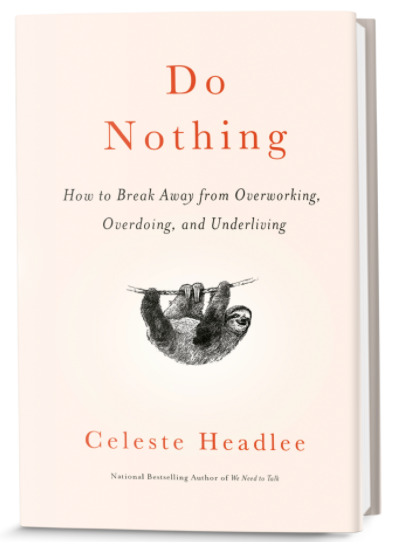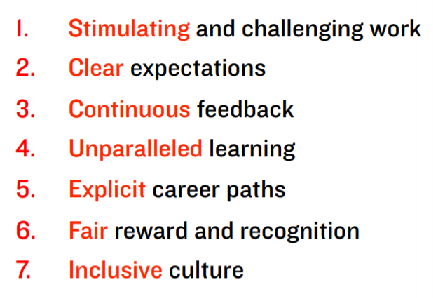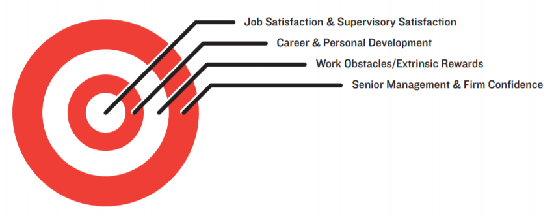Do Nothing

I recently finished Do Nothing by Celeste Headlee. In it, she shares:
- A strive for efficiency can make us unhappy if we believe we need to keep up with others who portray success
- While current-day productivity hacks are popular, medieval peasants worked less and had more vacation than today’s average worker
- The cult of efficiency makes us feel guilty about enjoying leisure time. As shared in my post, Think Like a Rocket Scientist, downtime opens our minds to new ideas
- Email and text are simple and efficient. Yet, they lack the connection that happens in a live conversation. In Do Nothing, the author shares a research study where a storyteller talks live with a listener. The listener’s brain waves end up emulating those of the reader
- Comparison to others or using social media to determine the bar for happiness is a bad idea
In summary, take time for downtime and create your own definition of success and happiness.


